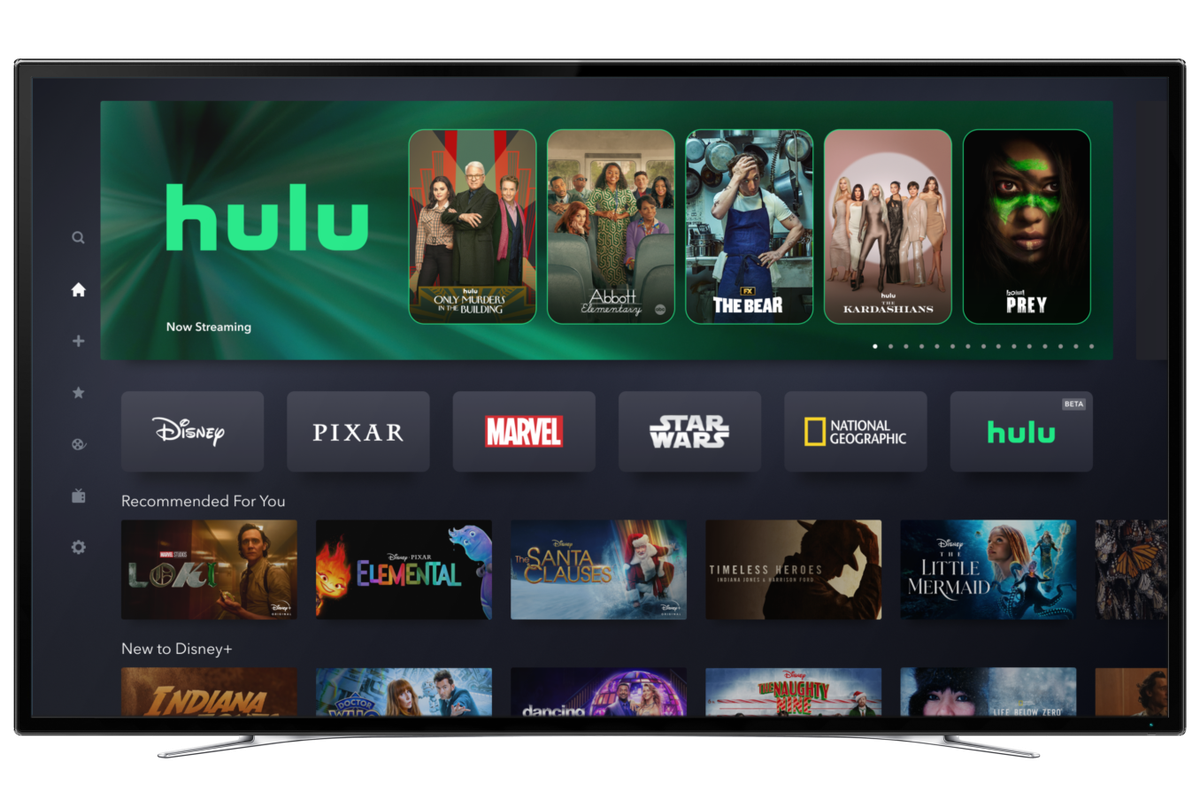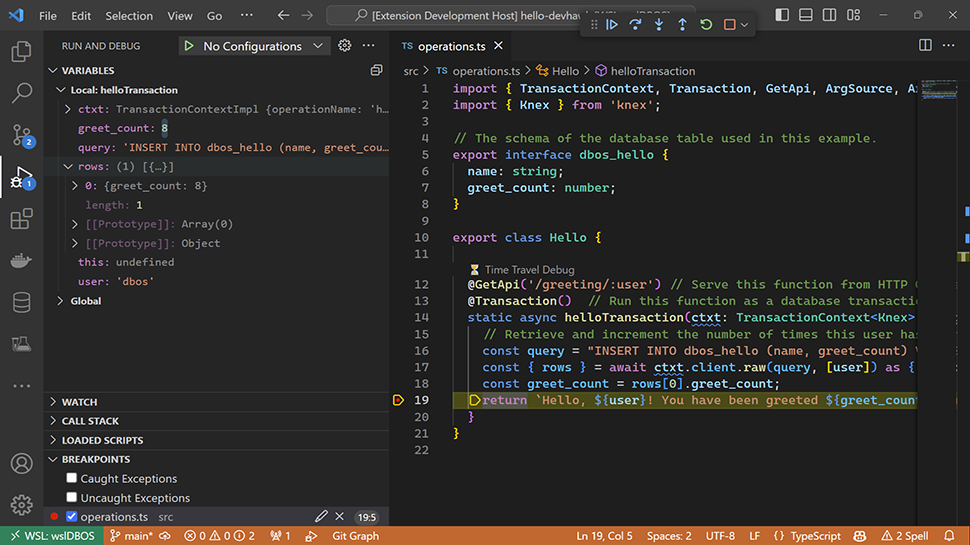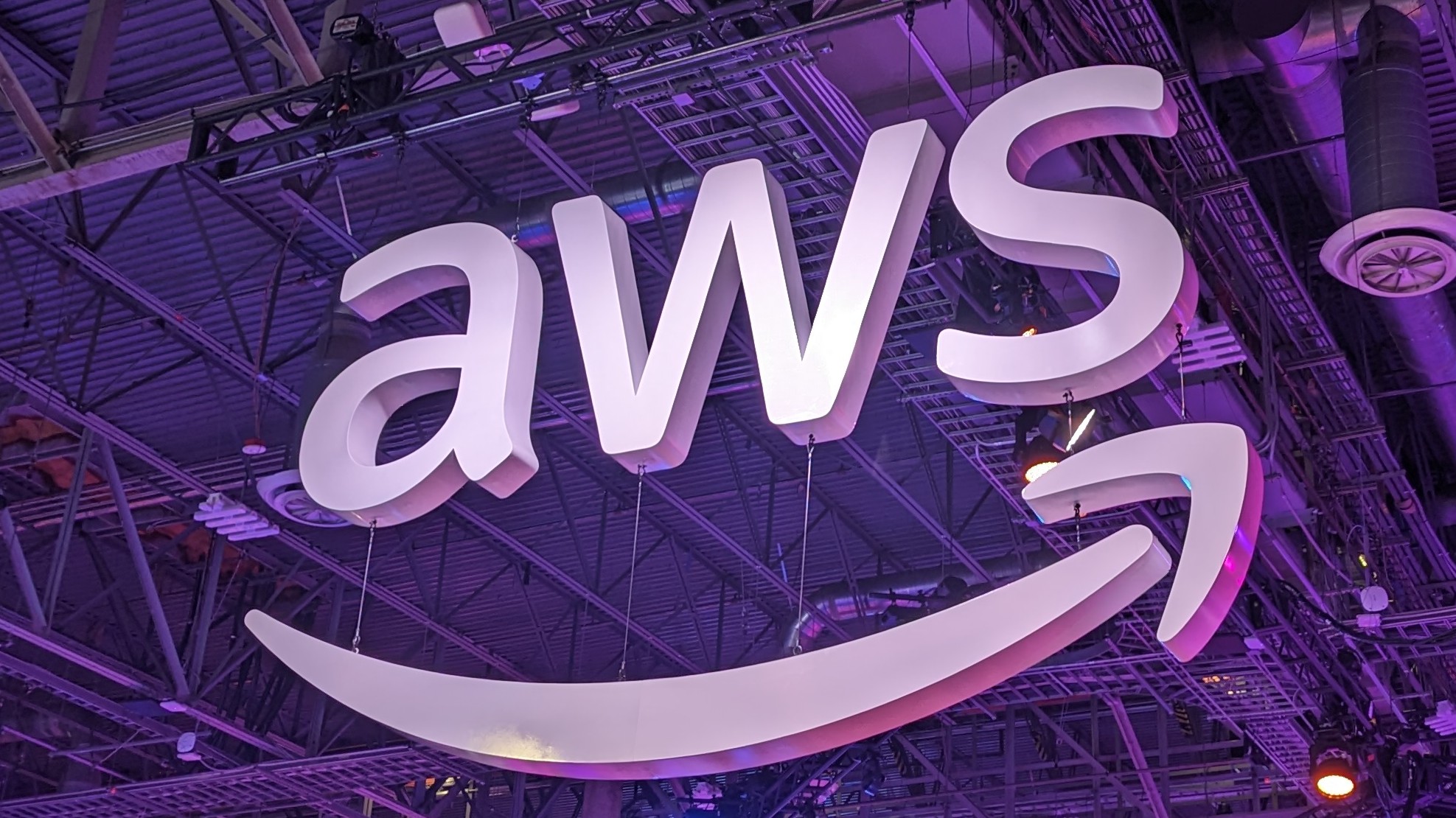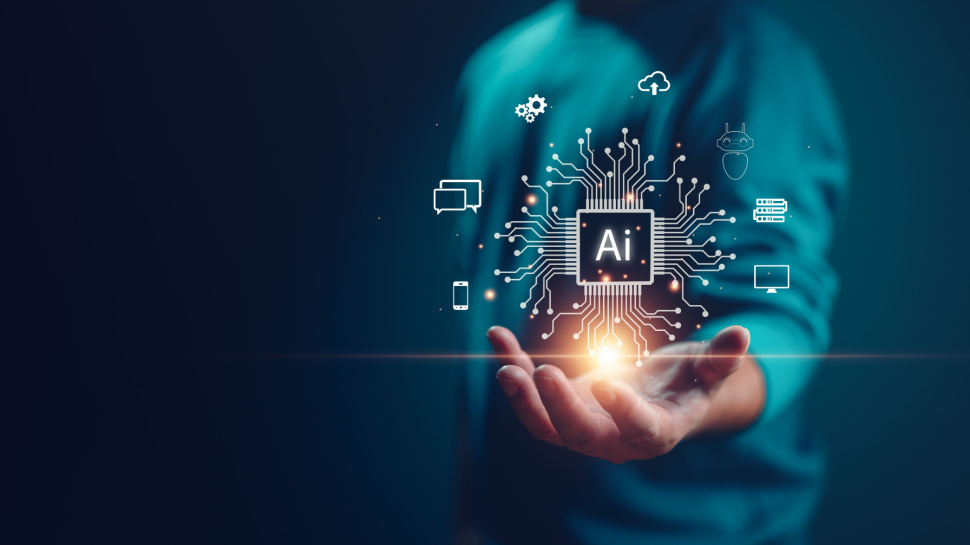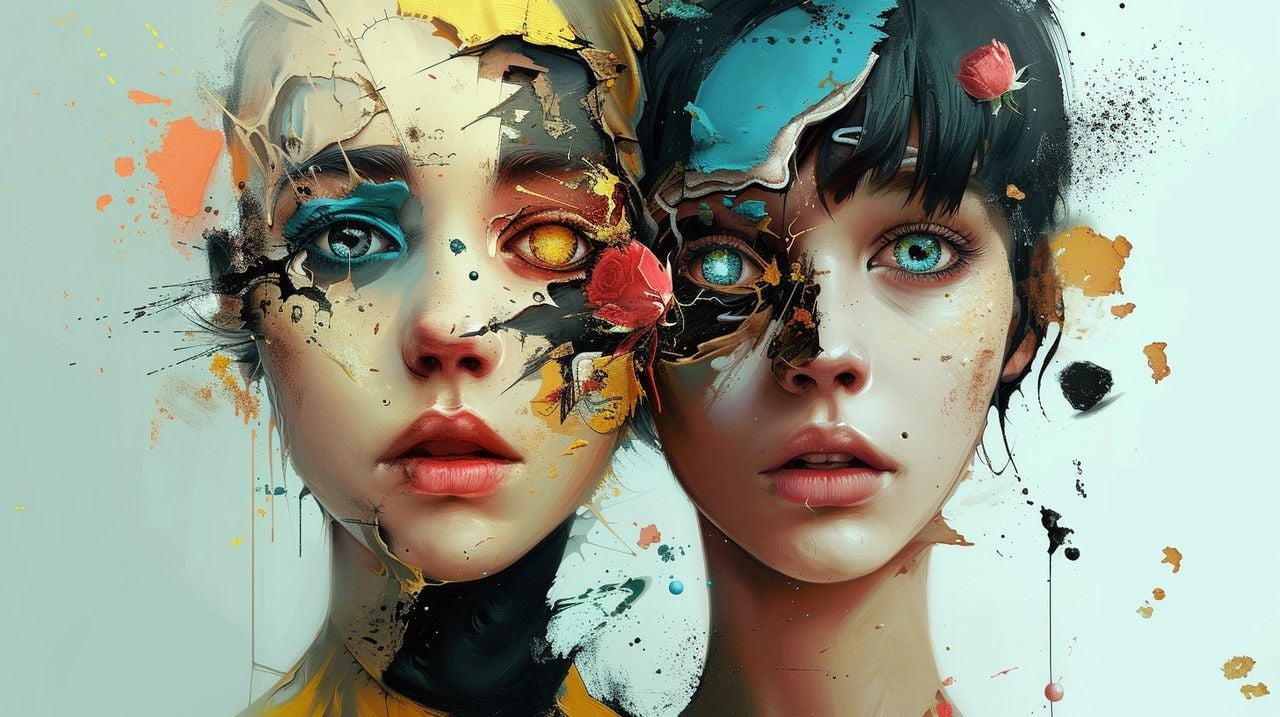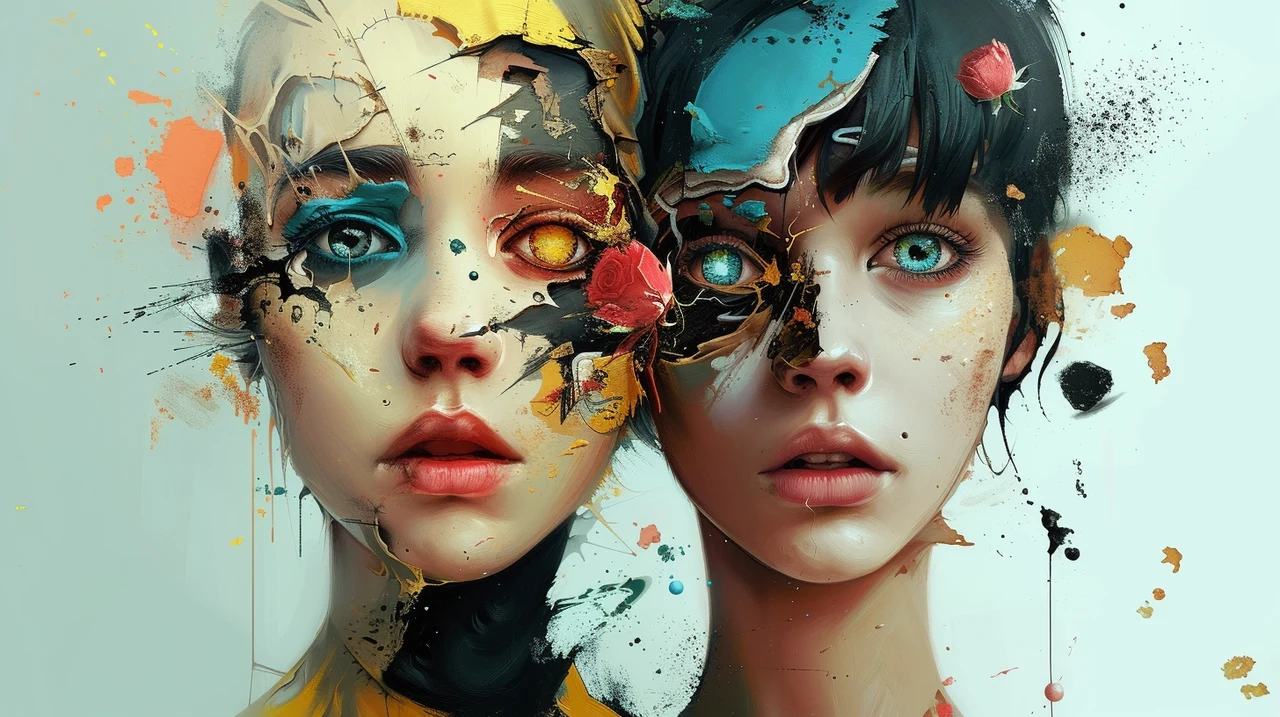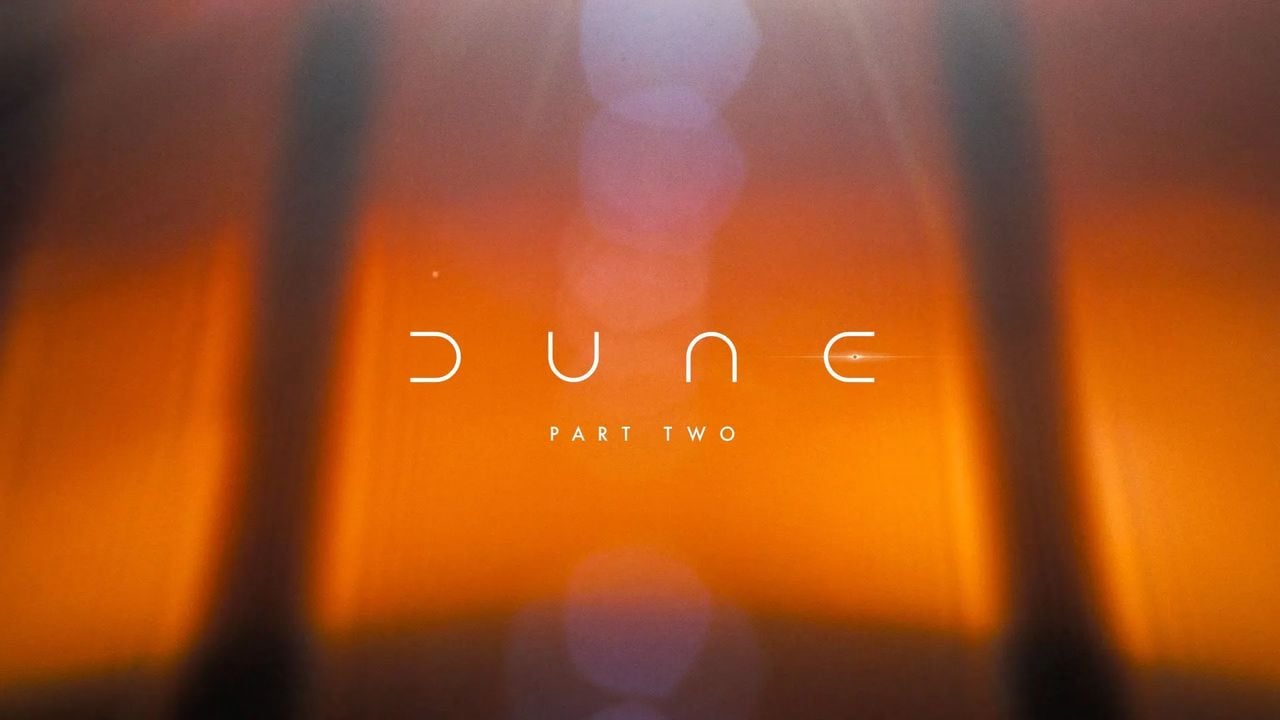[ad_1]
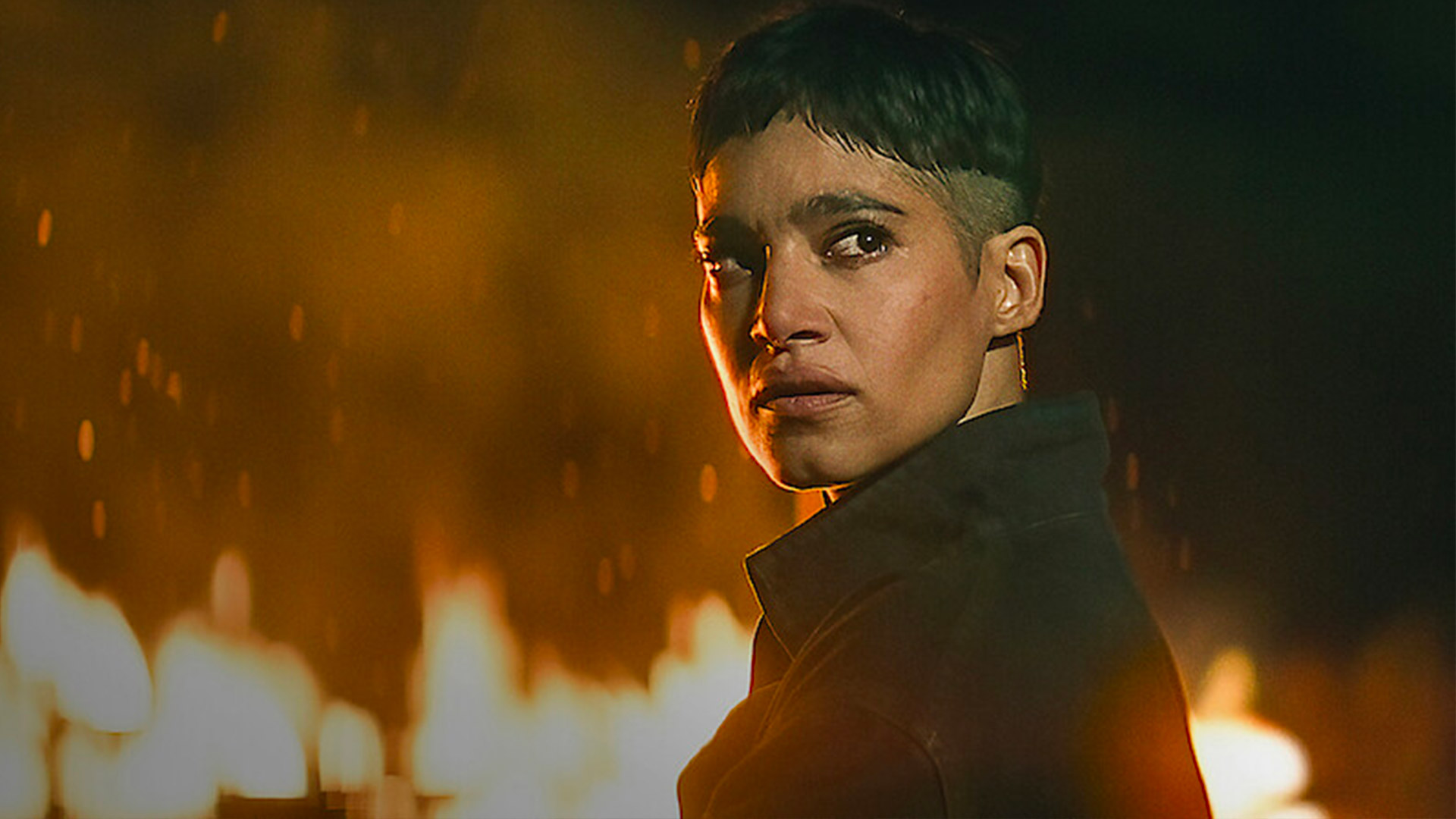
Rebel Moon – Part 2: The Scargiver, the second instalment in Zack Snyder’s Star Wars-scale epic, is getting some decidedly mixed reviews. The Guardian says that while it’s fun, it’s also bombastic and derivative, Variety says the story’s worse than the first one but the battles are better, and Empire Magazine pretty much cuts it in half with a laser sword that just happens to resemble a lightsaber.
According to the film magazine, the sequel is “marginally better than Rebel Moon – Part One, but still a weird, messy and humourless sci-fi”. Empire isn’t exactly waiting with bated breath for more movies, describing the tease of further adventures as “half-arsed” and saying that the second movie “gives you little reason to cheer the potential continuation of this Snyderverse“.
If that’s blasted a hole in your weekend viewing plans, don’t worry. There’s plenty of fun sci-fi movies for you to stream. Here are some of our favorites streaming right now on Netflix in the US (not in the US? We’ve also included where you can watch them in the UK and Australia).
The Matrix
With a fifth part of the trilogy now in development, it seems like an eternity since the original Matrix movie shook up sci-fi cinema and introduced us to bullet time. But despite its age this remains an incredibly fun sci-fi actioner, and it’s largely free of the pseudo-religious talky bits that weighed down the increasingly ponderous sequels. I re-watched this recently and I’d forgotten how funny it is, intentionally and otherwise. There are some great zingers in the script and Keanu’s seriousness is often accidentally amusing. But what really makes this a must-watch are the kinetic action sequences. Time hasn’t made them any less enjoyable.
Also available on Now TV in the UK and Prime Video in Australia.
Jurassic Park
It’s easy to forget that this is a sci-fi movie because, well, dinosaurs. But of course the dinos here are science dinosaurs, brought back from extinction via the power of preserved DNA and with considerable help from scientists who weren’t at school on the day the class were taught about hubris. It turns out that if you put incredibly dangerous things in a theme park and then cut every corner that can conceivably be cut, things are likely to go very wrong in a “aaagh munch munch munch” kind of way. And despite the cast’s best efforts, you’ll spend most of the movie rooting for the dinos rather than the humans.
Also available on Now TV in the UK and Netflix in Australia.
Godzilla
Some of the best sci-fi takes real-world fears and puts them in mythical monsters, and you don’t need to do much analysis to see why a city-smashing monster became such a key part of Japanese pop culture. Grant Edwards’ take on the legendary monster movie is a lot of fun, a modern take on 1950s monster movies that delivers an exciting and satisfying climax. It also feels very much like a Spielberg movie in the way it takes time before the big reveal, making it a kind of Jurassic Park set in an entire city.
Also available on Now in the UK and Binge in Australia.
You might also like
[ad_2]
Source Article Link





